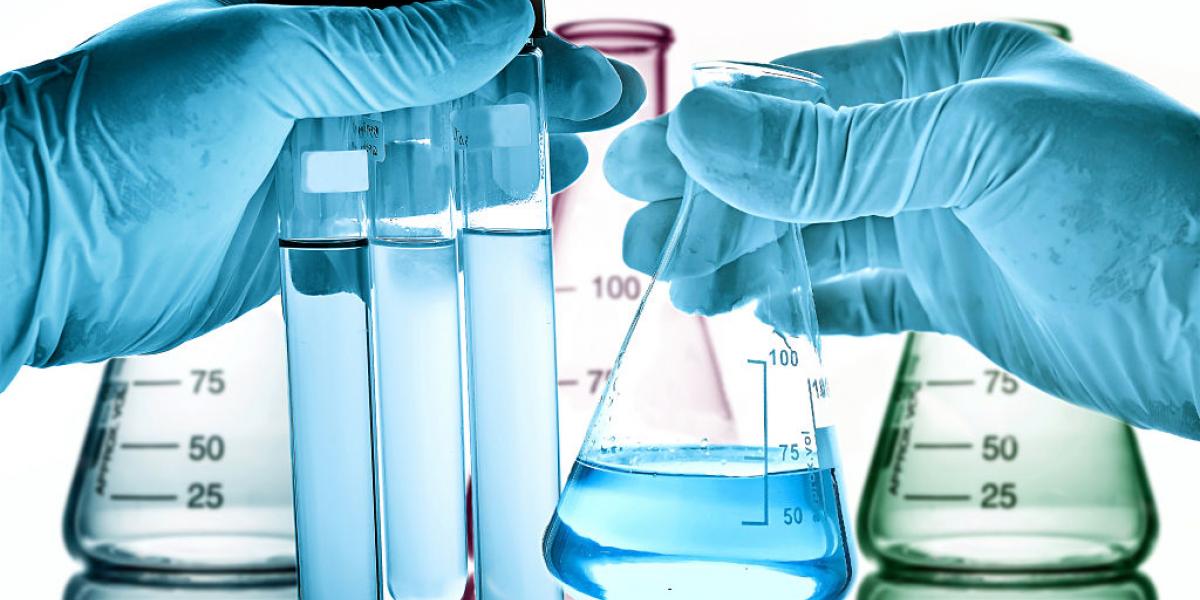You are here

On 16 January 2020 the European Chemical Agency (ECHA) added four new Substances of Very High Concern (SVHC) to the REACH Candidate List for Authorization. This brings the list to 205 SVHC substances. The four newly added substances are as follows:
- Perfluorobutane sulfonic acid (PFBS) and its salts
- Equivalent level of concern having probable serious effects to the environment (Article 57(f) – environment)
- Equivalent level of concern having probable serious effects to human health (Article 57(f) – human health)
- Used in polymer production; registered uses as a catalyst in polymer manufacture and chemical synthesis
- KPFBS is the salt form of PFBS that is manufactured and used in the largest volumes according to the proposal
- The main application is as a flame retardant in polycarbonate, used mainly in electrical and electronic equipment
- Other PFBS-related substances are mainly used in the EU as water and stain repellent protection for leather, textiles and carpets
- Diisohexyl phthalate (EC 276-090-2; CAS 71850-09-4)
- Toxic for reproduction (Article 57 (c ))
- Not registered under REACH
- May have similar uses to the other phthalates that are included in the candidate list or could be used as substitute for them according to Sweden's proposal.
- A grouping approach can be used with other structurally similar phthalates to prevent regrettable substitution
- 2-benzyl-2-dimethylamino-4'-morpholinobutyrophenone (EC 404-360-3; CAS 119313-12-1)
- Toxic for reproduction (Article 57 (c ))
- Used in polymer production
- Used in the manufacture of inks and surface coatings, based on acrylates polymerized by exposure to UV radiation
- The main applications are high-speed printing inks such as flexo, offset lithography and UV ink jet
- Belongs to the chemical group of alkylaminoacetophenones (AAAPs)
- 2-methyl-1-(4-methylthiophenyl)-2-morpholinopropan-1-one (EC 400-600-6; CAS 71868-10-5)
- Toxic for reproduction (Article 57 (c ))
- Used in polymer production
- The main applications are high-speed printing inks such as flexo, offset lithography and UV ink jet
- Also used in etch resists, printing plates and solder masks
- Belongs to the chemical group of alkylaminoacetophenones (AAAPs)
This addition may impact your company if your company produces or is involved with the manufacture or is a downstream user of any of the following:
- Acrylates
- Catalysts
- Carpet
- Chemical synthesis
- Coated products
- Etch resists
- Electrical
- Electronic Equipment
- Flame Retardants
- Inks
- Leather
- Printing Inks
- Printing plates
- Polymers
- Polycarbonate
- Solder masks
- Surface Coatings
- Stain Repellant
- Textiles
- Water Repellant
If you fall under one of these categories, you may need to revisit your compliance obligations. A successful approach to compliance requires data, systems, expertise and an executable process that starts with Verisk 3E’s “3 I’s”:
- Identification- Do you currently use these substances on their own, or as part of mixtures or articles?
- Impact Analysis – Complying depends on the use of the substance as it relates to concentration, annual import/export quantities, current registered uses and exposure exclusions.
- Information Collection and Distribution – Make sure you can provide documentation and information up and down your supply chain. Consumers are entitled to complimentary information within 45 days of their original request and ECHA must be conditionally notified no later than 6 months after a substance is listed.
Verisk 3E can help with interpreting, managing and executing on these requirements. Discover how Verisk 3E can support supply chain material compliance and receive technical information on the recent SVHC additions and explore best practices.

 Top
Top